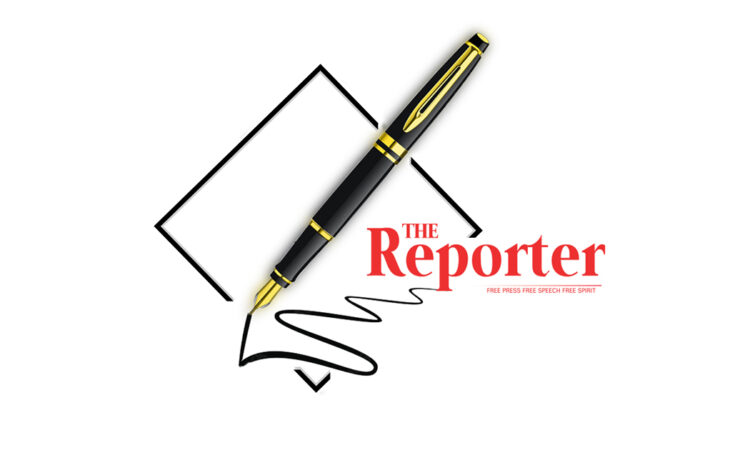
A World Bank analysis published this week names the Ethiopian Birr and the South Sudanese Pound as the weakest-performing currencies of 2025.
The Pulse Africa report indicates that both currencies experienced year-to-date reductions in value that exceeded 10 percent. In South Sudan, the weakening of the currency is attributed to damages in the oil pipeline from the war in neighboring Sudan, which has lowered export revenues.
In Ethiopia, the foreign exchange market liberalization effort is being tested by a surge in the parallel premium as businesses struggle with limited formal access to US dollars amid market inefficiencies and restrictions, according to the report.
In response, the National Bank of Ethiopia (NBE) has announced a series of measures that included public disclosure and capping of banks’ fees and charges on foreign exchange transactions, and higher limits on foreign exchange sales allowed for advanced payments for imports, business, and personal travel.
From The Reporter Magazine
The report highlights other challenges facing Sub-Saharan Africa and Ethiopia.
It reveals that more than 53 percent of the Sub-Saharan urban population lives without adequate housing, with more than 56 million affected in Nigeria alone. In Ethiopia, more than 17 million people live without adequate housing, according to the World Bank analysis.
It cites unemployment as another major problem. Nigeria tops the list with 98 million people unemployed, followed by DRC at 72 million, Ethiopia 67 million and Tanzania 40 million.
From The Reporter Magazine
“In Sub-Saharan Africa, underemployment is extensive, reflecting the inability of economies in the region to create the number of steady wage jobs needed for the growing population. Inadequate wage job creation leads to poor quality jobs. Instead, high levels of involuntary self-employment and informality are the norm,” reads the report.
Only one in six workers has a wage job in the region, as opposed to one in two in high-income countries, according to the analysis.
The World Bank notes that Ethiopia’s efforts at poverty reduction have been impeded by the COVID-19 pandemic, the northern war, droughts, slowing GDP growth, and ballooning inflation.
As a result, poverty levels (the proportion of individuals earning less than three dollars a day) have spiked 39 percent in 2021 from 33 percent in 2016.
“The significant decline in living standards in rural areas, where approximately three-quarters of the population resides, has accentuated the rural nature of poverty in Ethiopia,” reads the report.
Nonetheless, the World Bank is optimistic that Ethiopia will be among the countries with an improved growth forecast in the coming years.
Economic activity in Sub-Saharan Africa is projected to grow by 3.8 percent in 2025, up from 3.5 percent in 2024 and 0.3 percentage points higher than the April 2025 projection from Pulse Africa. Ethiopia’s growth forecast has shown a 0.7 percentage point improvement.
“The projected acceleration in Sub-Saharan Africa’s growth in 2025 is underpinned by improved terms of trade across much of the region, contributing to currency stabilization and, in some cases, appreciation. Declining inflation in many countries has allowed for a gradual easing of monetary policy, boosting household purchasing power and creating space for further rate cuts. These favorable conditions are fueling a recovery in private consumption and investment,” reads the report.
It warns that ongoing fiscal consolidation efforts may continue to weigh on overall economic activity, moderating the pace of recovery in some economies.




